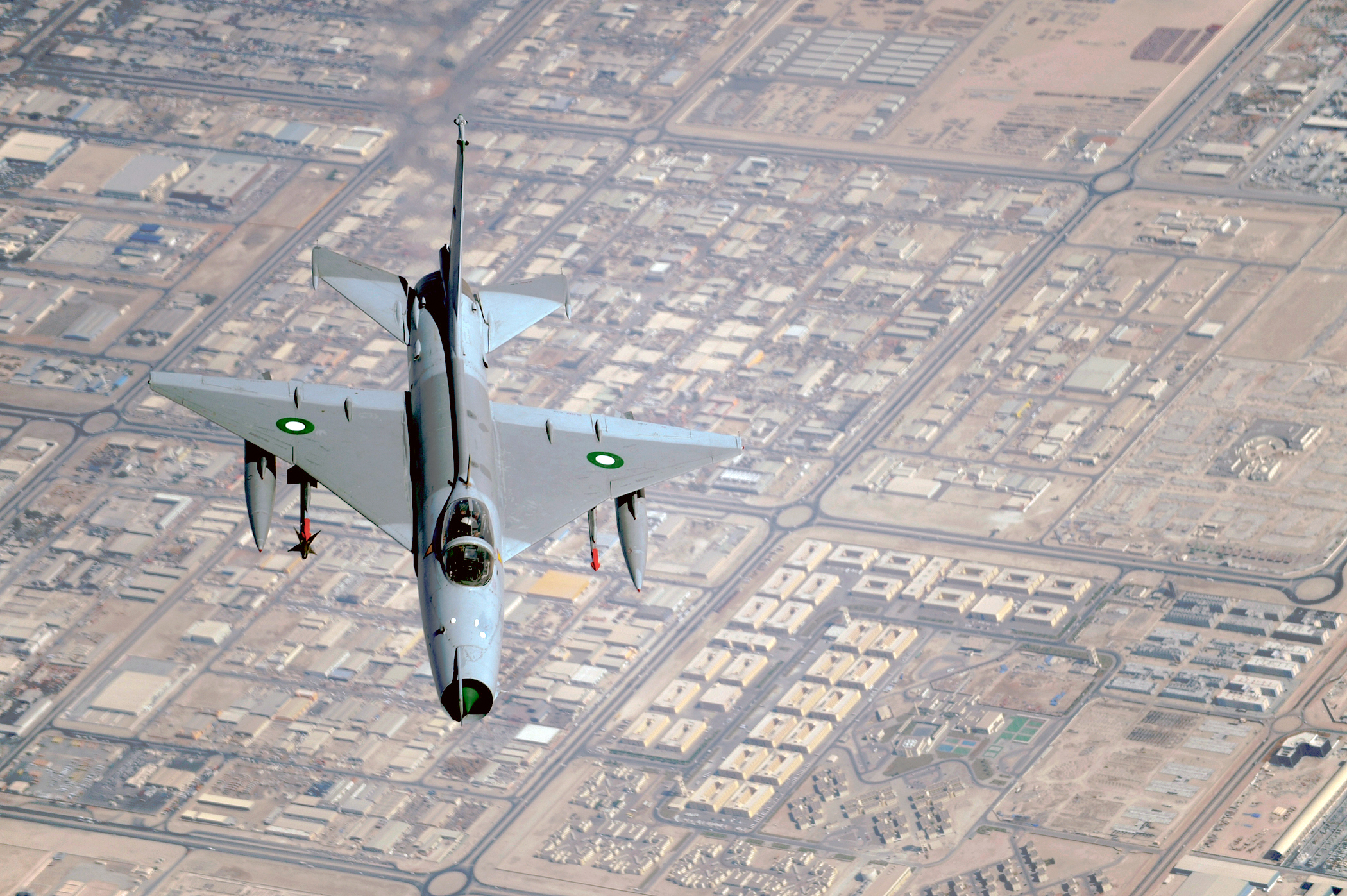As part of its plan to deploy a two-layer ballistic missile defence system, India on Friday successfully test-fired its indigenously developed supersonic interceptor missile from the Integrated Test Range off Orissa coast.
A surface-to-surface target missile - a modified 'Prithvi' – was first lifted from the launch Complex-III in ITR at Chandipur, 15 km from here around 10:13 hours, defence sources said.
The missile tracking network consisting of long range and multi-function radars and other range sensors positioned at different locations detected and identified the incoming missile.
The interceptor missile at Wheeler Island, about 70 km across the sea from Chandipur, with a directional warhead was launched at about 10:16 hour and ground and on board control guided it to the target, the sources said.
The last flight of interceptor missile was conducted on March 6, 2011.
(Press Release)
DRDO AIR DEFENCE MISSILE AAD-05 HAS SUCCESSFULLY HIT BALLISTIC MISSILE AND DESTROYS THE BALLISTIC MISSILE AT A HEIGHT OF 15 KMS OFF THE COAST OF ORISSA NEAR THE WHEELERS ISLAND. A MODIFIED PRITHVI MISSILE MIMICKING THE BALLISTIC MISSILE WAS LAUNCHED AT 1010HRS TODAY FROM ITR CHANDIPUR. RADARS LOCATED AT DEFERENT LOCATIONS HAVE TRACKED INCOMING BALLISTIC MISSILE. INTERCEPTOR MISSILE WAS COMPLETELY READY TO TAKE OFF AT WHEELERS ISLAND. GUIDANCE COMPUTERS HAVE CONTINUOUSLY COMPUTED THE TRAJECTORY OF BALLISTIC MISSILE AND LAUNCHED AAD-05 INTERCEPTOR MISSILE AT A PRECISELY CALCULATED TIME. AAD-05 INTERCEPTOR MISSILE INITIALLY GUIDED BY THE INERTIAL NAVIGATION SYSTEM WITH THE TARGET TRAJECTORY CONTINUOUSLY UPDATED BY THE RADAR, THE ON BOARD GUIDENCE COMPUTER GUIDED THE AAD-05 INTERCEPTOR MISSILE TOWARDS THE TARGET MISSILE. THE ONBOARD RADIO FREQUENCY SEEKER IDENTIFIED THE TARGET MISSILE AND GUIDED THE AAD-05 INTERCEPTOR MISSILE CLOSE TO THE TARGET MISSILE AND HIT THE TARGET MISSILE DIRECTLY AND DESTROYED IT. WARHEAD ALSO EXPLODED AND DESTROYED THE TARGET MISSILE INTO PIECES.
RADAR AND EOTS SYSTEMS HAVE TRACKED THE MISSILE AND ALSO RECORDED THE FRAGMENTS OF TARGET MISSILE FALLING INTO THE BAY OF BENGAL. IT IS ONE OF THE FINEST MISSIONS WHERE THE INTERCEPTOR HAS HIT THE INCOMING BALLISTIC MISSILE DIRECTLY AND DESTROYED AT A 15 KMS ALTITUDE. INDIA HAS JOINED A VERY FEW ADVANCED COUNTRIES, WHO HAVE THESE BALLISTIC MISSILE DEFENCE CAPABILITIES. INDIA IS THE FIFTH NATION TO HAVE THESE CAPABILITIES IN THE WORLD. THE MISSION WAS CARRIED OUT IN THE FINAL DELIVERABLE USER CONFIGURATION MODE.
SCIENTIFIC ADVISOR TO RAKSHA MANTRI DR. V.K. SARASWAT HAS REVIEWED THE TOTAL CONFIGURATION AND MISSION AND ALSO WITNESSED THE LAUNCH. SHRI AVINASH CHANDER CHIEF CONTROLLER R&D (MSS) AND SHRI P VENUGOPALAN DIRECTOR DRDL CARRIED OUT THE FLIGHT READINESS REVIEW OF BOTH THE TARGET MISSILE AND INTERCEPTOR MISSILE.SHRI DS REDDY, PROGRAMME DIRECTOR AIR DEFENCE SYSTEM ALONGWITH HIS TEAM HAVE CARRIED OUT ALL THE PREPARATIONS FOR THE LAUNCH SUCCESSFULLY. SHRI SP DASH DIRECTOR ITR, DR SK CHAUDHURI DIRECTOR RCI AND SHRI SATISH KUMAR DIRECTOR SPIC AND OTHER TOP DRDO SCIENTISTS WERE PRESENT DURING THE MISSION. THE MISSION WAS ALSO WITNESSED BY THE SENIOR OFFICIALS OF TRI-SERVICES.
RAKSHA MANTRI SHRI AK ANTONY HAS CONGRATULATED ALL THE SCIENTISTS FOR THE SUCCESSFUL DEMONSTRATION OF BALLISTIC MISSILE DEFENCE.













